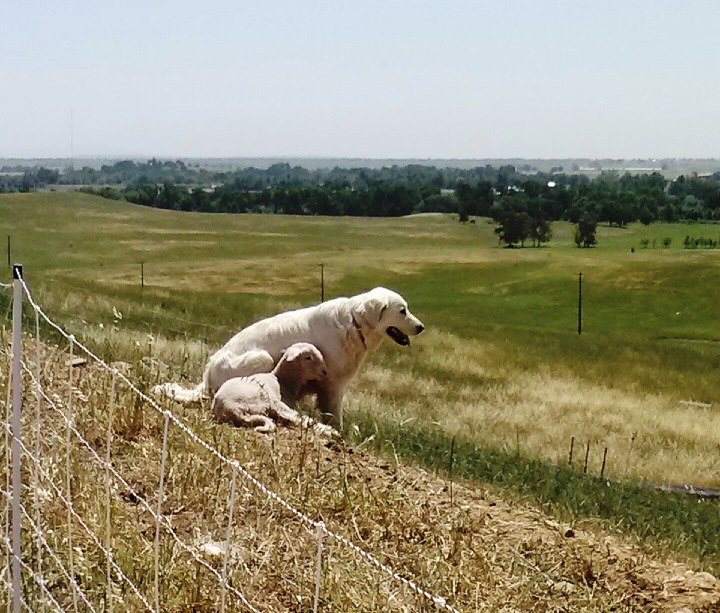We learned years ago that gas-powered lawn equipment doesn’t make sense at the
Sacramento County Kiefer landfill. When we compared the costs of having a landscaping crew do the work or the animals, it was less expensive having sheep. They have proven to be safer and more effective for vegetative control, and they pose less danger to the pipe network for the landfill’s methane gas collection system.
Sitting on 1,084 acres, the Kiefer Landfill facility, that includes a Gas-to-Energy Plant has been removing methane gas from decaying garbage since 1999, which currently powers roughly 10,000 homes in the Sacramento area. This conversion of a waste by-product to clean energy has reduced Green House Gas (GHG) emissions by more than 4 million metric tons of CO2 – that is equal to removing nearly a half million homes worth of consumed electricity use a year. The landfill is surrounded by more than 3,000 acres of open space – most of which are bufferlands for agricultural use and for habitat protection.
Sheep grazing benefits include:
- Reduced fire danger with reduced vegetation fuel on the landfill
- Efficient and effective grass removal with reduced damage to landfill gas piping and extraction wells.
- Fertilizes landfill surface soils to enhance future growth.

To manage the sheep out to the landfill, a shepherd and a dog attend to the livestock. The shepherd sets up portable fences to corral the sheep within sections of the landfill. They eat down the grass but maintain the roots, which provides beneficial erosion control on the slopes by holding the soil in place during stormwater runoff. Grass seed is applied to new slopes in the fall for the sheep to maintain later.
